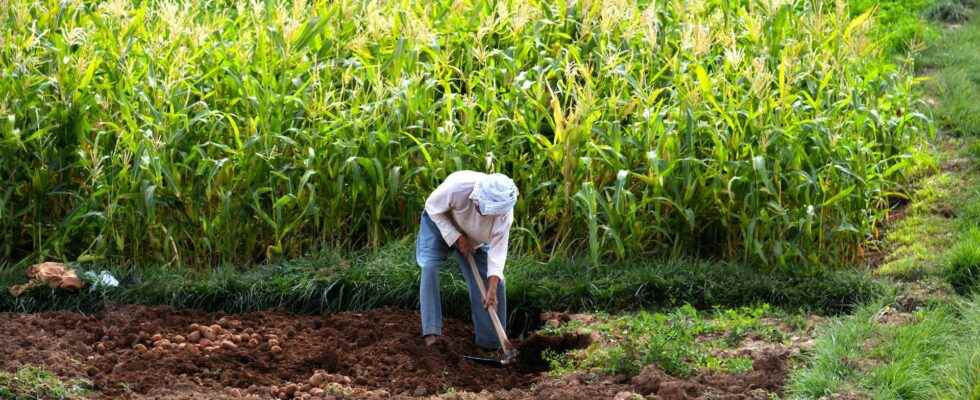Subsistence agriculture, also called subsistence agriculture, is a traditional agriculture intended for self-consumption or food for farm animals. Any surpluses are sometimes marketed, generally at the market of the nearest village or town.
The main characteristics of subsistence farming are:
- exploitation in a family setting, with participation in the tasks of all family members;
- small cultivated areas;
- relatively basic agricultural equipment, low mechanization;
- little or no use of inputs (fertilizers and pesticides);
- polyculture with an association of crops for human use and animal, lack of specialization;
- low productivity;
- vulnerability to economic and climatic hazards.
Subsistence farming: 80% of the food produced in the world
Subsistence agriculture is still today the predominant form of agricultural organization in the world: it represents 70 to 80% of farms and produces 80% of the world foodaccording to CAM. Subsistence agriculture is typical of developing countries where the share of the active agricultural population is still very high. In Africa, agriculture accounts for a third of economic activities and generates 60% of jobs.
Subsistence agriculture versus commercial agriculture
The excessive development of commercial agriculture to the detriment of subsistence agriculture, however, weakens the food independence of States. Many countries have thus specialized in crops intended for export (Palm oil and of soycoffee, cocoabananas, rubber, etc.), considered more profitable. Today, the FAO is trying to revitalize subsistence agriculture while modernizing it, through training programs, credit to farmers to invest in material and enhancement of production (processed products).
Interested in what you just read?
